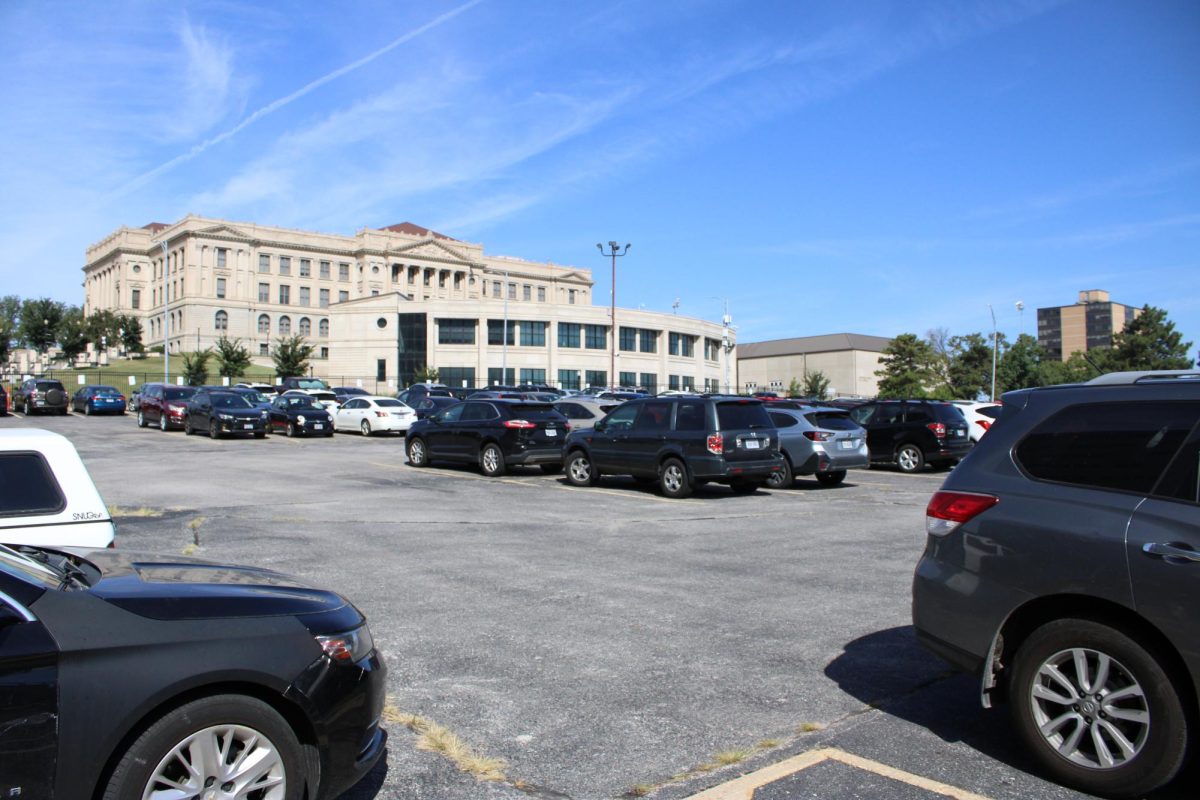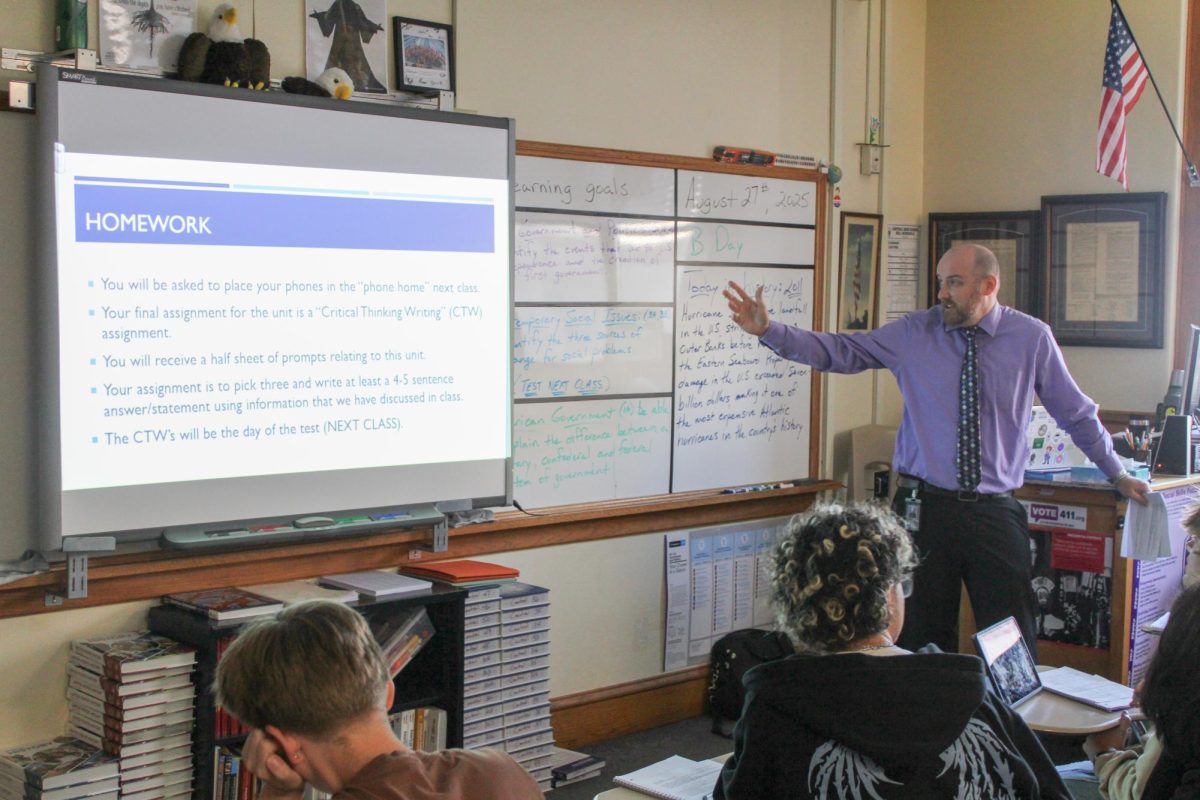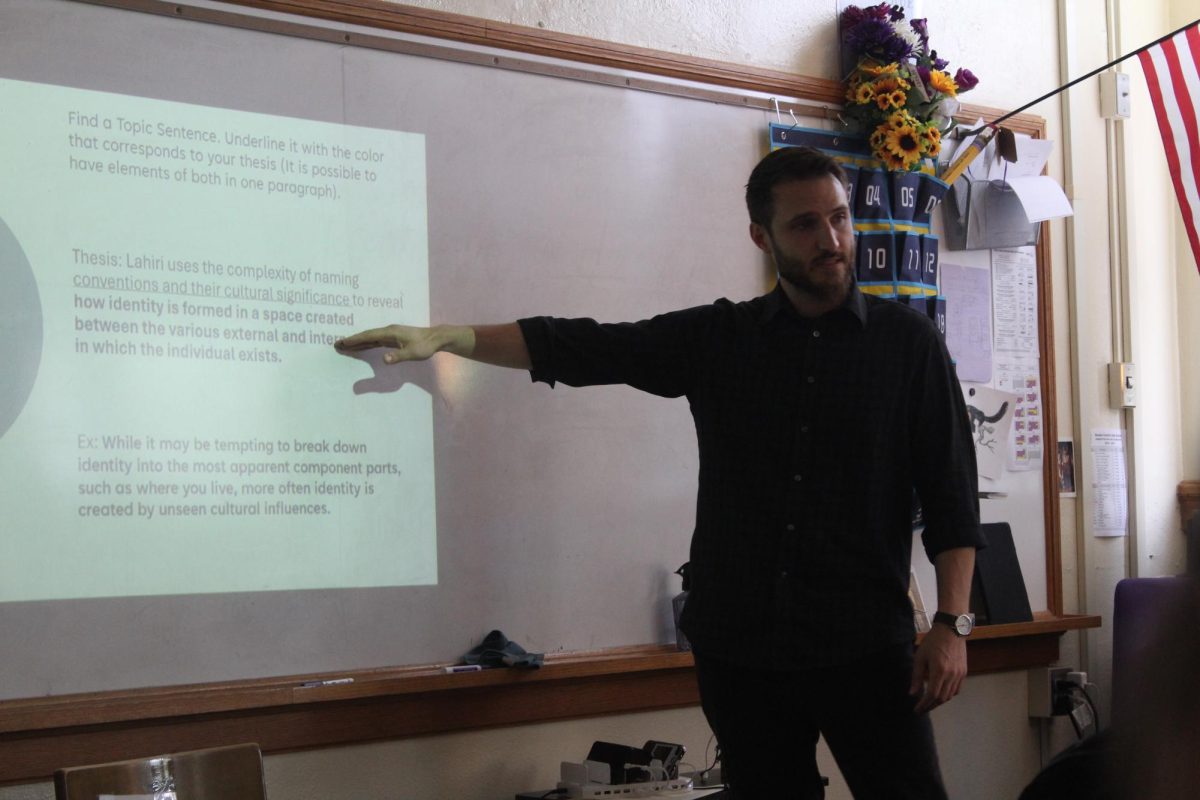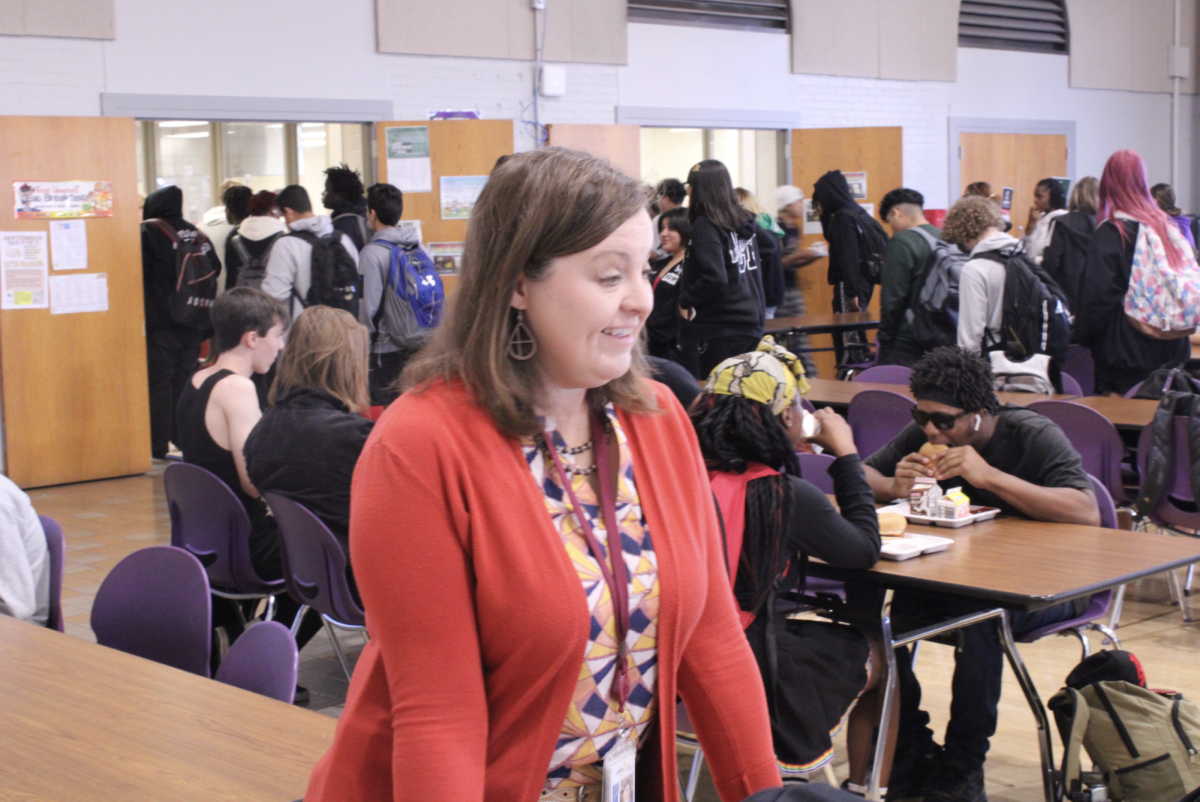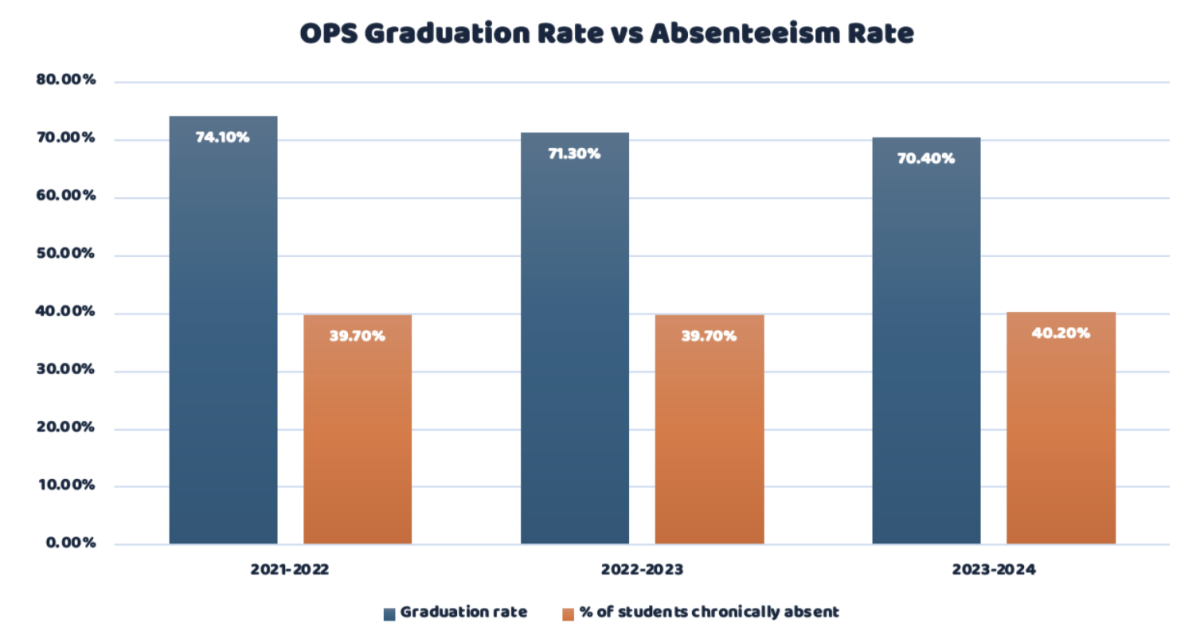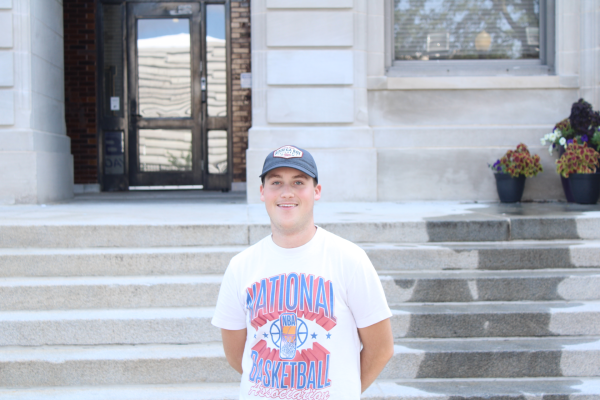Out of school suspensions in Omaha Public Schools dropped 1.6% district wide in the 2023-24 school year, according to the recently released data. This development comes as the district looks to redefine the way discipline is enforced by moving to a strategy focused on keeping kids in school and receiving an education.
While out of school suspensions dropped from 6,482 to 5,638, in-school suspensions rose 0.4%, from 3,851 to 4,021 district wide. At Central, out of school suspensions dropped 1.9%, while in school suspensions rose 0.6%, nearly matching district wide changes.
“Schools and programs were able to rely on options keeping students in school compared to excluding them,” Danielle Starkey, an MTSSB supervisor for OPS, told the Omaha World Herald in July. She told the board that the district was focusing on increasing graduation rates by decreasing absenteeism (including suspensions), which is evident in the transition to keeping kids in school even when they’re being disciplined.
“We don’t want to dismiss teacher, student, and parent concerns,” OPS Superintendent Matthew Ray said in July of concerns with keeping students who misbehave in schools. “We have to find a balance,” he said.
District officials have noted that the focus on keeping kids in school is always the first step in any situation where misbehavior is found, pointing to the data on resolution types for various situations where discipline is required.
“About 73% of the time, non-exclusionary resolutions like conferences with the student and parents, detentions, referrals to a counselor and other interventions are used,” Amy Williams, executive director of student and community services said at the July 15 OPS Board of Education meeting. This step is critical, she said, as it helps avoid discipline that takes kids out of school.
A Shortfall noted was a 1,240-incident increase in unique student incidents, which went from 83,914 to 85,154. Unique student incidents are not identified by how many students were given referrals but rather how many referrals were given, meaning the same student can be counted multiple times if given multiple referrals.
This shortfall was not visible at Central, as the total number of unique student incidents dropped 58% in 2023-24 compared to 2022-23.
While unique student incidents increased district wide over the past school year, that number is significantly lower from the district’s all-time high during the 2016-17 school year, in which there were 118,174 unique student incidents.
OPS School Board member Jane Erdenberger expressed concern over the fact that while yearly student referrals decreased, morale over OPS school environments from all perspectives has gone down. “The numbers tell us that there’s either been fewer misbehaviors since pre-COVID and people just don’t remember, or teachers aren’t referring anymore out of frustration; and based on anecdotes, I’m quite worried it’s the latter,” Erdenberger said at the July board meeting.
Starkey countered Erdenberger’s claim, saying that while the number of referrals doesn’t reflect the fact that incidents post-COVID have been far more serious code of conduct violations, that the number of referrals is continually going down on all violations and that public perception has yet to catch up.
Another small improvement shown in the data is how the disproportionality of discipline in OPS continues to make progress towards proportionality.
In the 2022-23 school year, Black students made up 24% of OPS’ student population. However, Black students made up 47% of out of school suspensions that year. In the 2023-24 school year, Black students made up 23% of the district’s population but decreased to making up 44.5% of out of school suspensions. While nowhere near proportionality, district leaders say the data shows they’re committed to making progress.
Another area that demonstrates the district’s slight stride toward proportional discipline is in special education. In the 2022-23 school year, special education students accounted for 17.6% of the district, yet they made up 21.9% of out of school suspensions. In 2023-24, that number decreased to 18.9% of out of school suspensions being special education students while they made up 17.3% of the district, a much more proportional spread. This data is welcome for a district that has been penalized for disproportionate special education disciplinary actions in the past.
A 2015 review done by the Nebraska Department of Education found that OPS suspended far too many Black special education students than normal in the 2011 and 12 school years. The state ruled OPS had to divert $1.85 millions of federal funds to help solve the problem.


